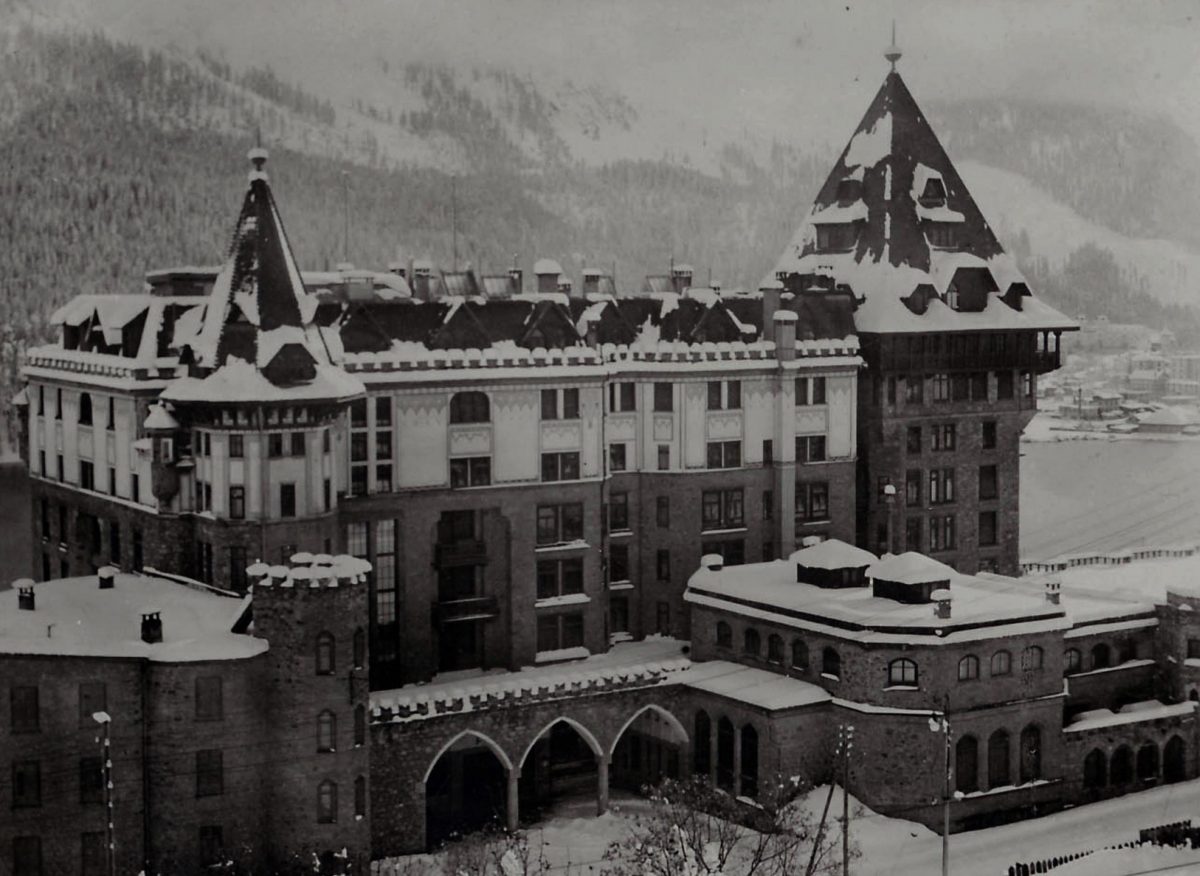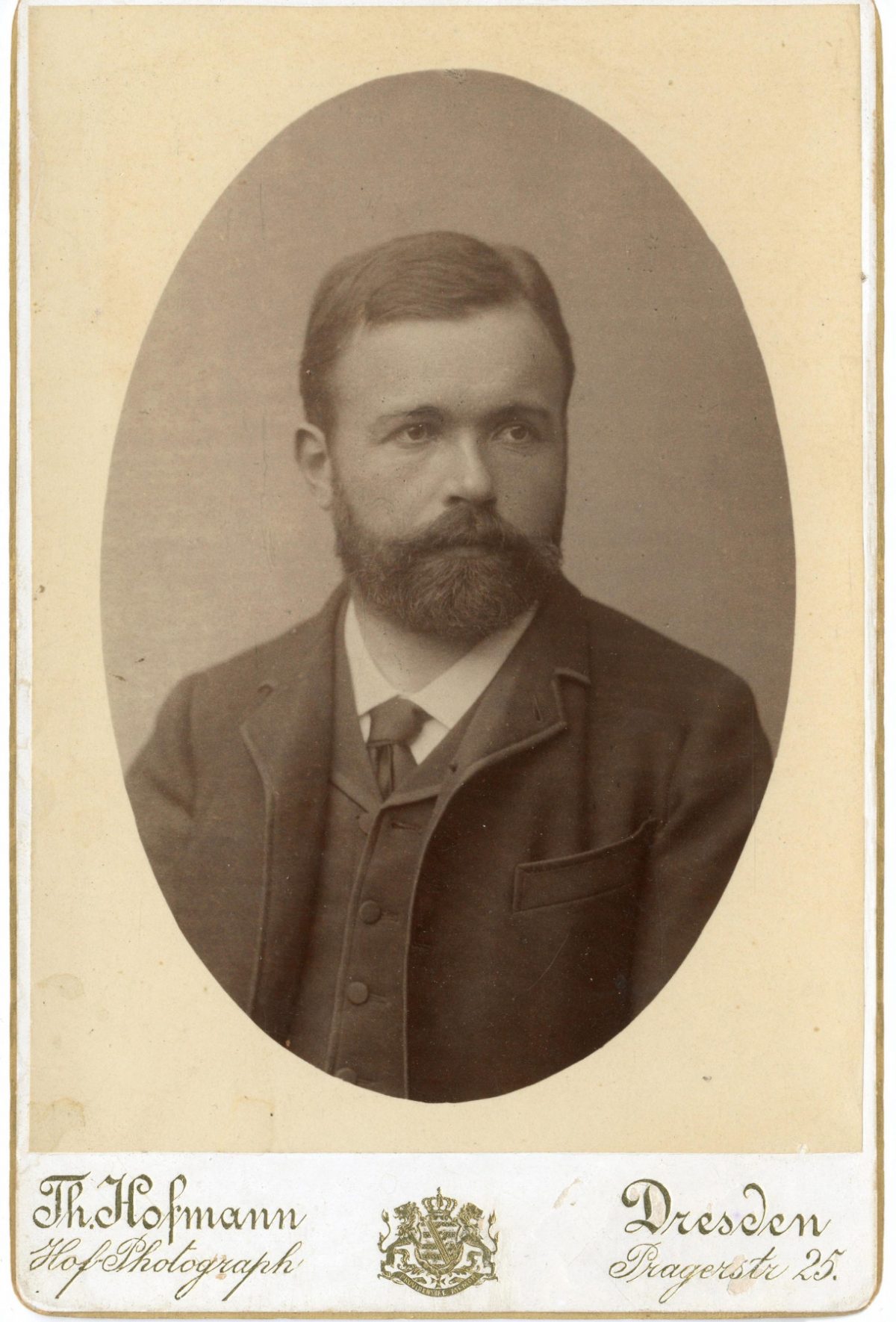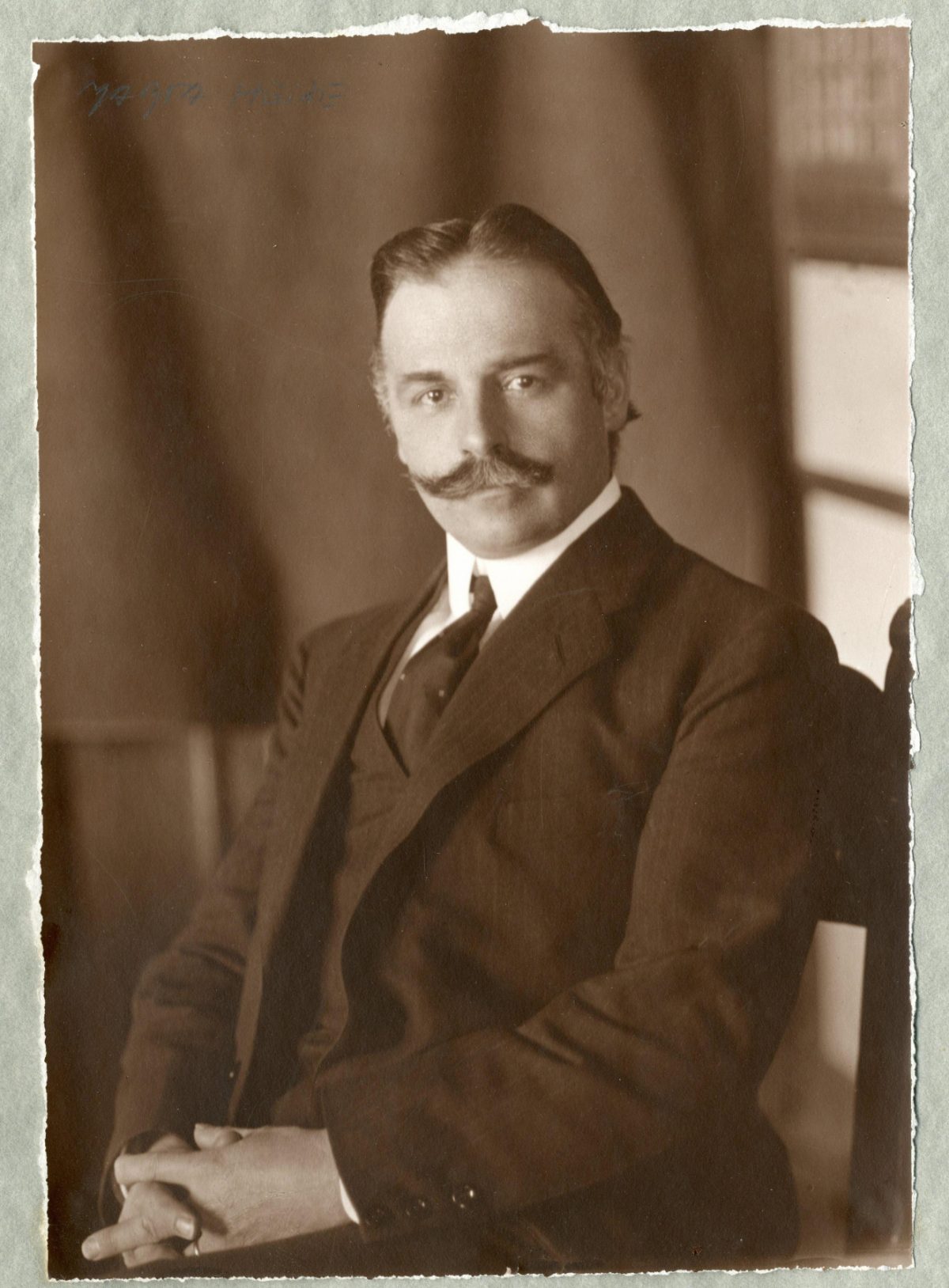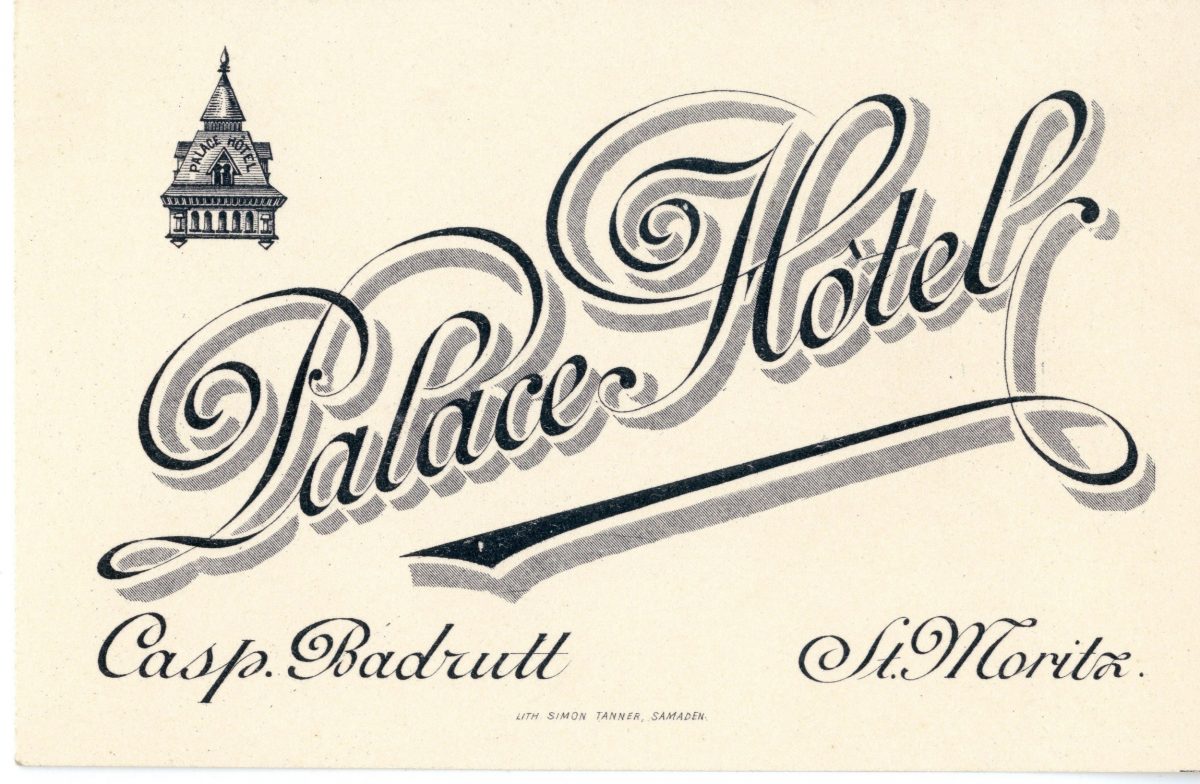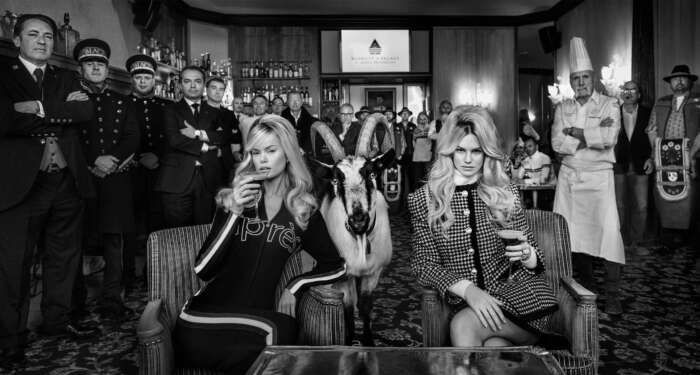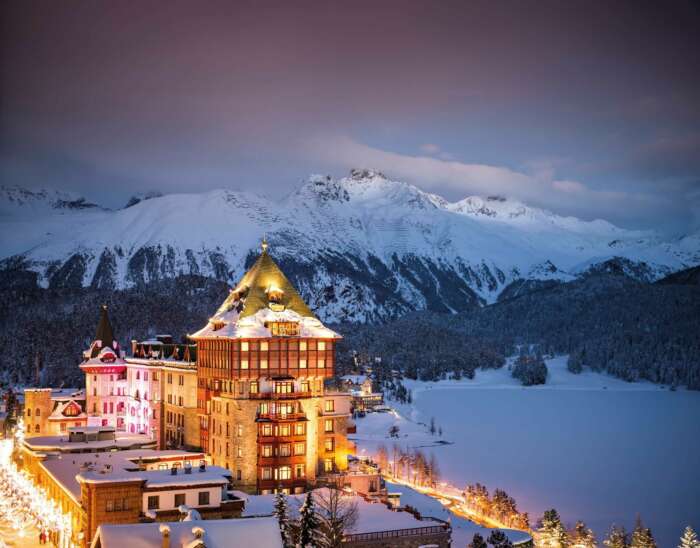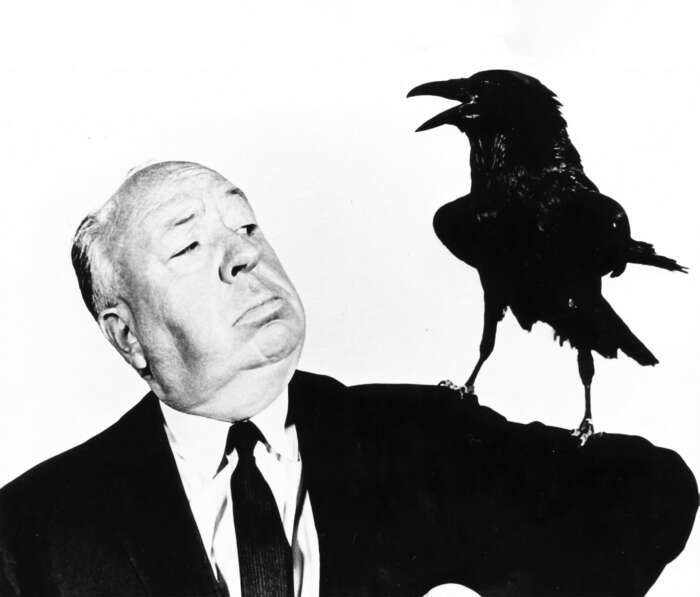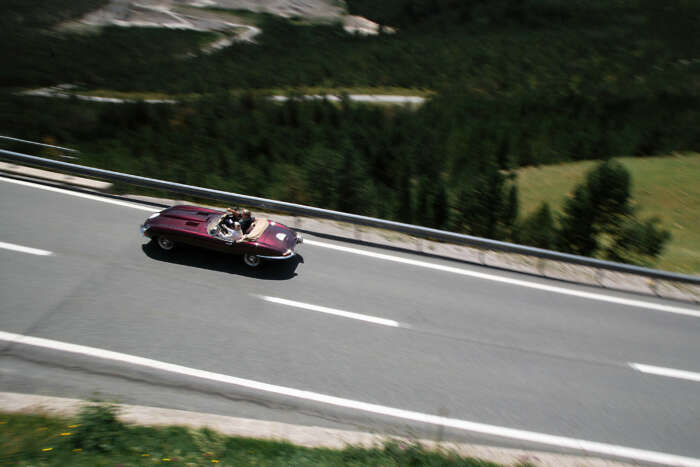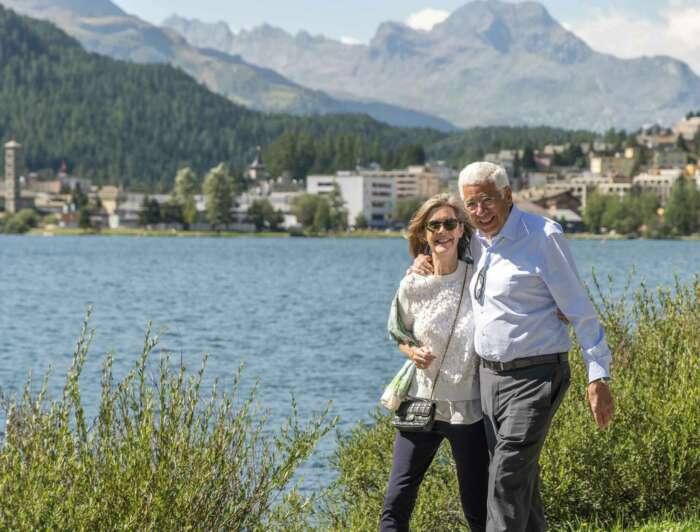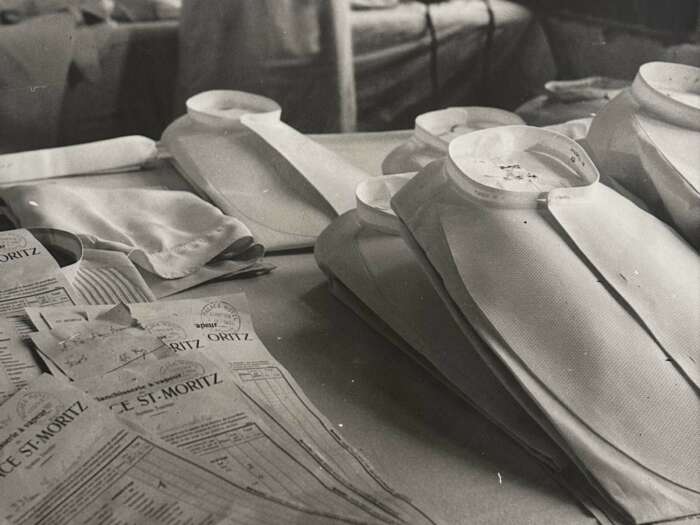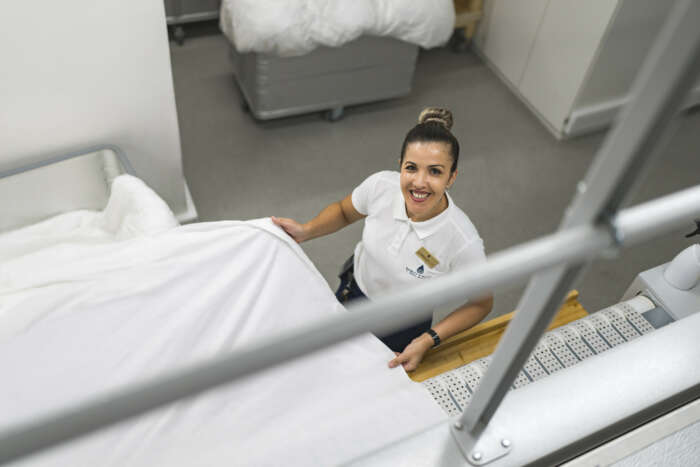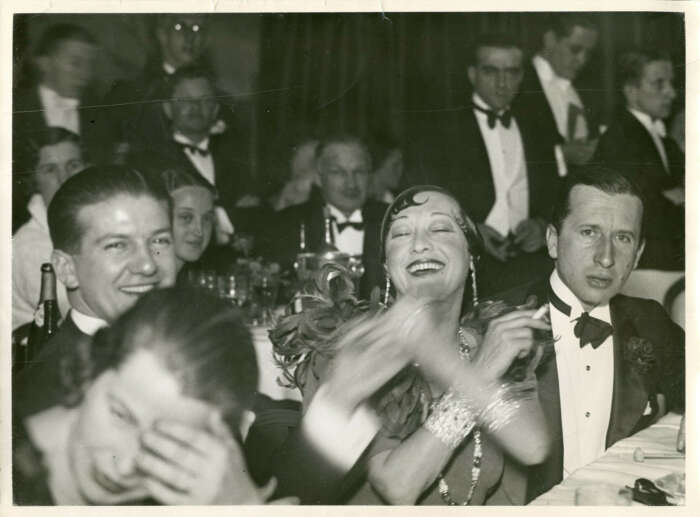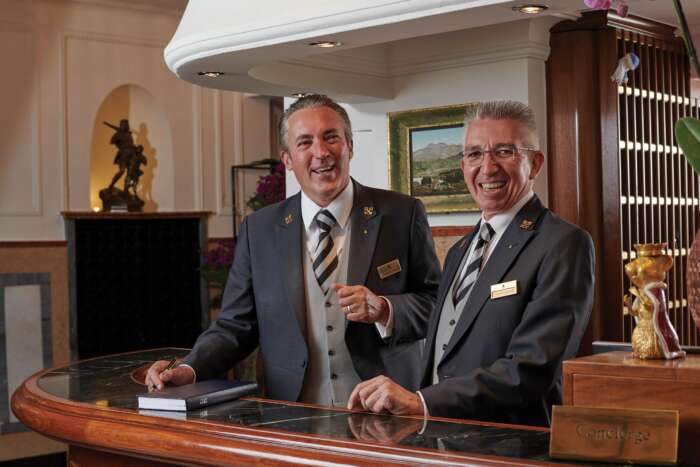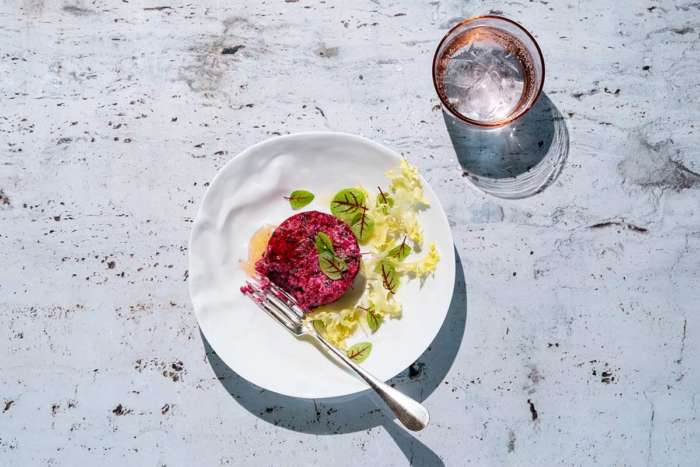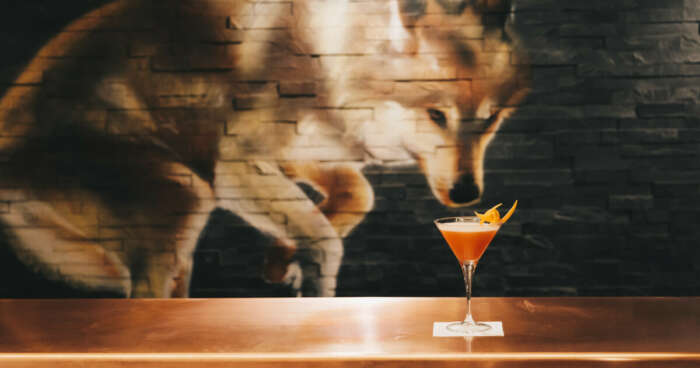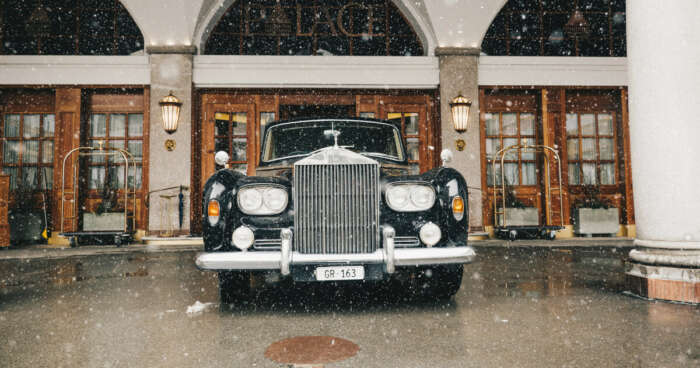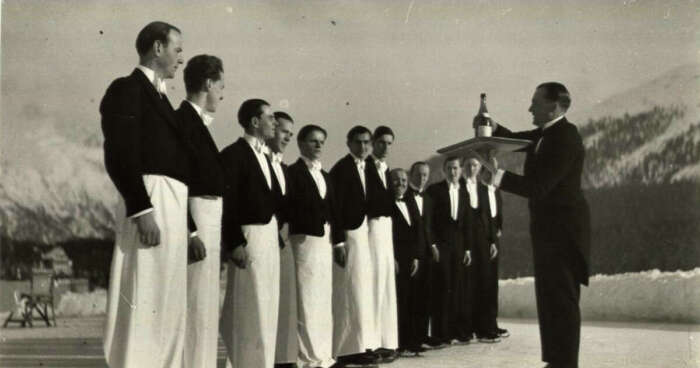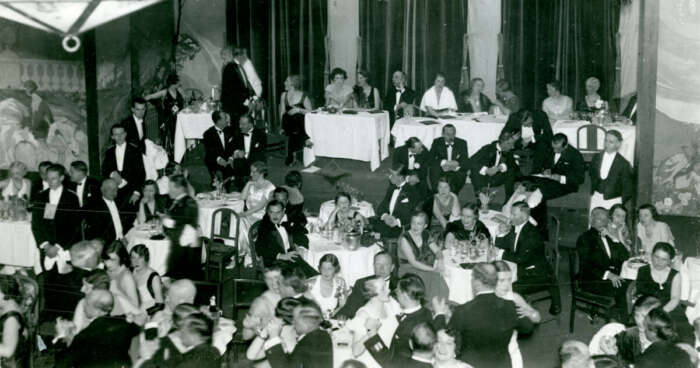The story begins in January 1896, when Caspar Badrutt was busy preparing for the hotel to open in summer that year. At the time, his 20-year-old son Hans was training in the arts of hospitality at Hotel Chatham in Paris. The St. Moritz hotel was naturally a frequent topic when they wrote to one another, and one of the features that was yet to be finalised was the name.
At the time, and before the star system was used, names reflected what an establishment had to offer. A ‘hotel’ would be somewhere that respectable middle-class families could stay in comfort. A ‘grand hotel’ would cater to a more distinguished clientele from across the continent who might, for example, read the national newspapers of their home nation on the day they were published – quite a logistical challenge, in those days. Then, at the pinnacle, was the ‘palace hotel’ offering the best of everything and guests who expected nothing less.
For Caspar Badrutt, the prestige of the palace hotel greatly appealed to him. However, the rest was less clear. Perhaps it could be Palace St. Moritz for geographic simplicity? Or Caspar Badrutt’s Palace Hotel to add a personal touch?
Young Hans, a practical lad, got to the crux of the problem. In a letter dated 16 January 1896, he wrote: “I realise that your name should be in it, in order to ensure the reputation of the house!” However, clearly appreciating the question of image involved, he also noted that: “For printing it on the china and the silverware, Palace St. Moritz would also be shorter”. They had a conundrum. How were grandeur and practicality to be balanced?
As winter turned to spring, father and son gave the matter further thought. On 13 April, Hans wrote to his father to talk him out of the name Caspar Badrutt’s Palace Hotel, trying to persuade the older man that it was too long. Then, on 31 May, he wrote again with a fresh development that helped provide a solution – and demonstrated that the younger man clearly had the right stuff to make it as a hotelier.
The nearby Hotel Kursaal Maloja had been taken over by the Compagnie Franco-Suisse des Hotels and they too wished to compete for the palace hotel market. The hotel was duly renamed and, in 1896, new advertising came to Hans’ attention. “For quite some time there is a lot of advertisement for the Palace Maloja,” Hans wrote on 31 May, adding “maybe that is of benefit for our hotel as well…”
In an inspired move, Hans cracked the problem of the name. When guests travelled to the Engadin region, they would most likely do so by train from nearby Chur. However, anyone intending to travel to Maloja would need to go through St. Moritz first, so there was no need to put St. Moritz in the hotel’s name to help people find it. With the cheek of youth, Hans thought that the advertising for a palace hotel in the Engadin region could help more than just the Palace Maloja; guests seeking the ‘palace hotel’ might just decide to stay in St. Moritz instead of heading on to Maloja!
With the options suitably narrowed down and the competition outflanked, the ‘Caspar’ was dropped to help shorten the name and Badrutt’s Palace Hotel was born just in time for the summer of 1896. And the rest is history…
